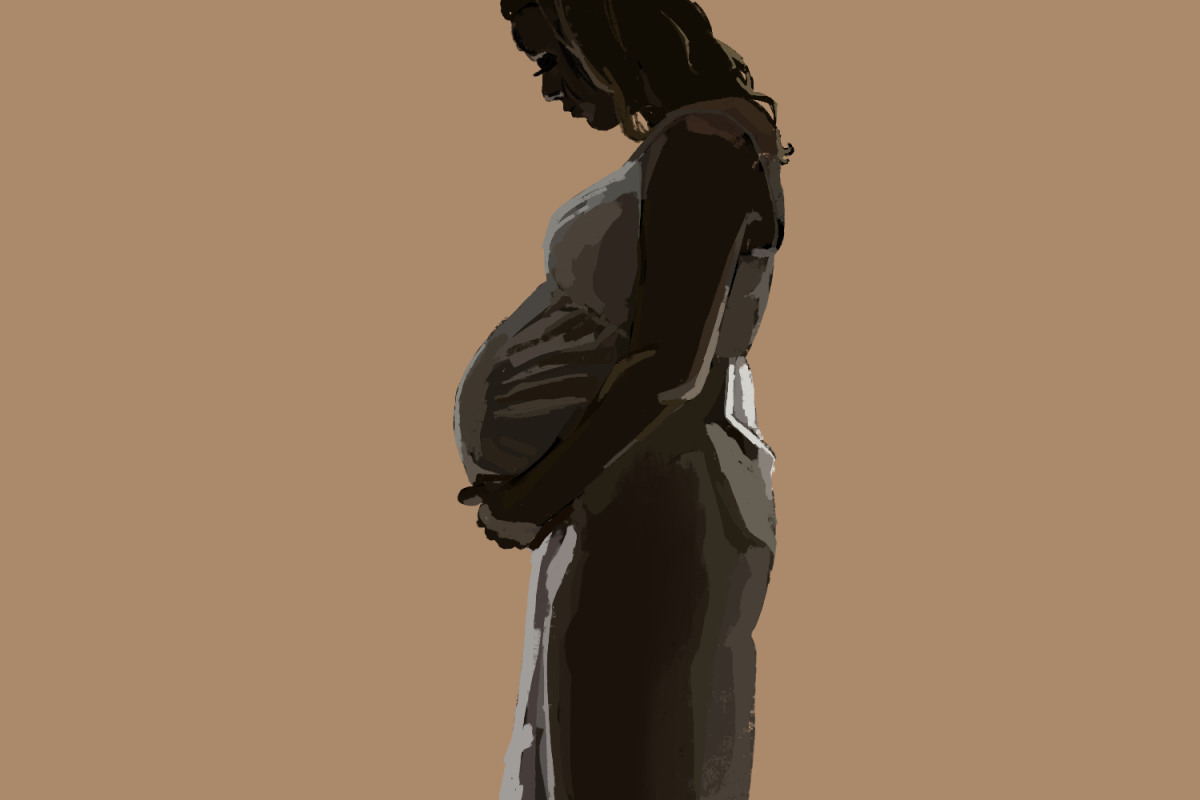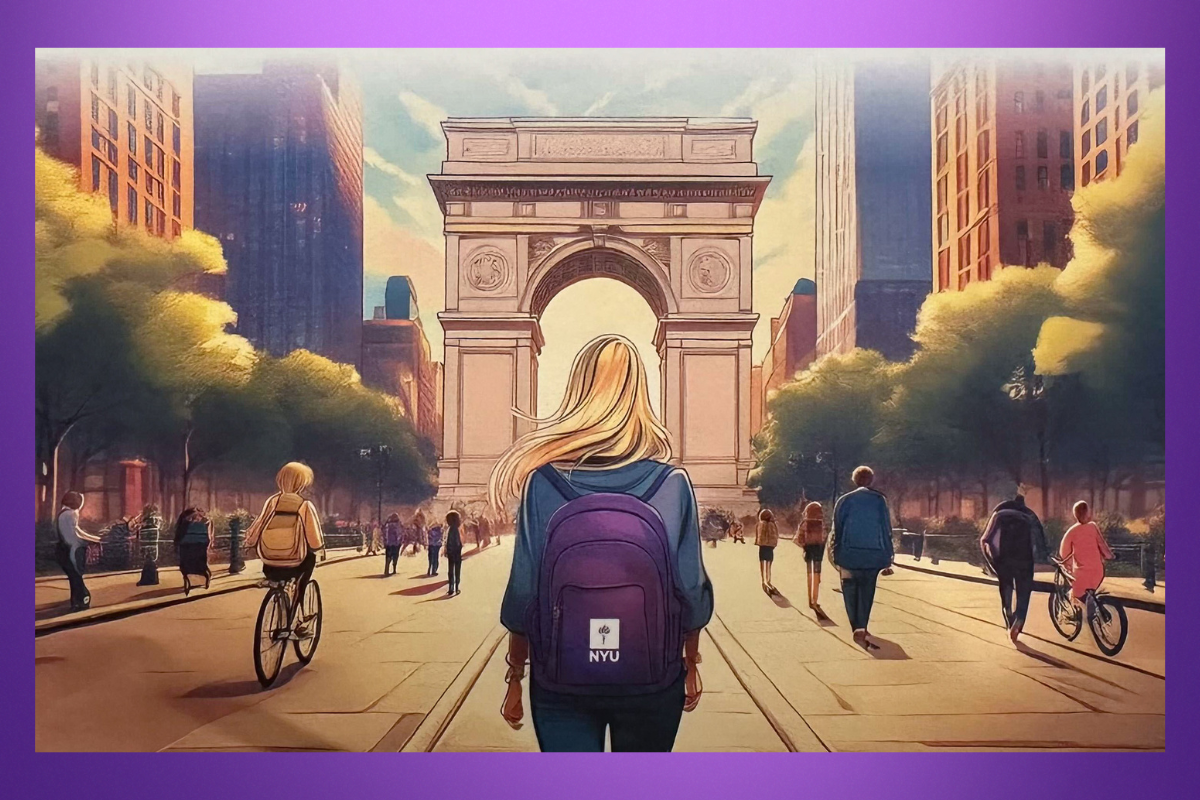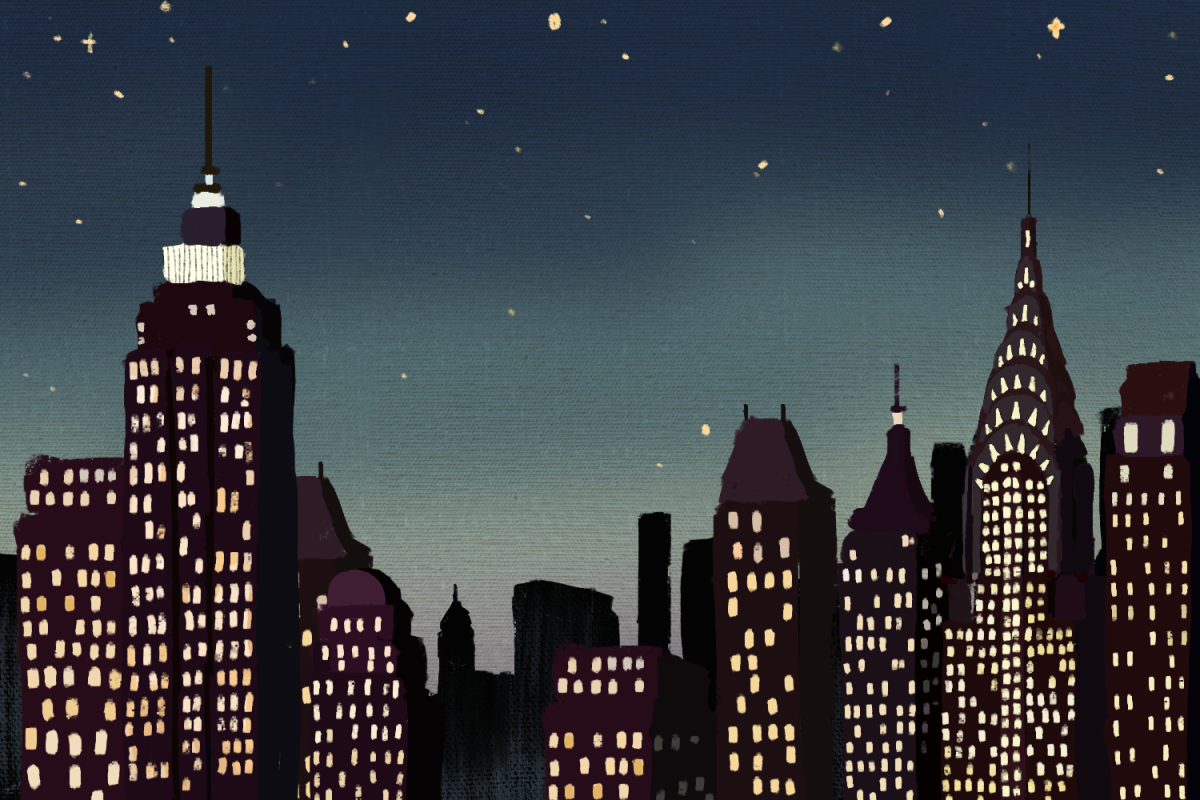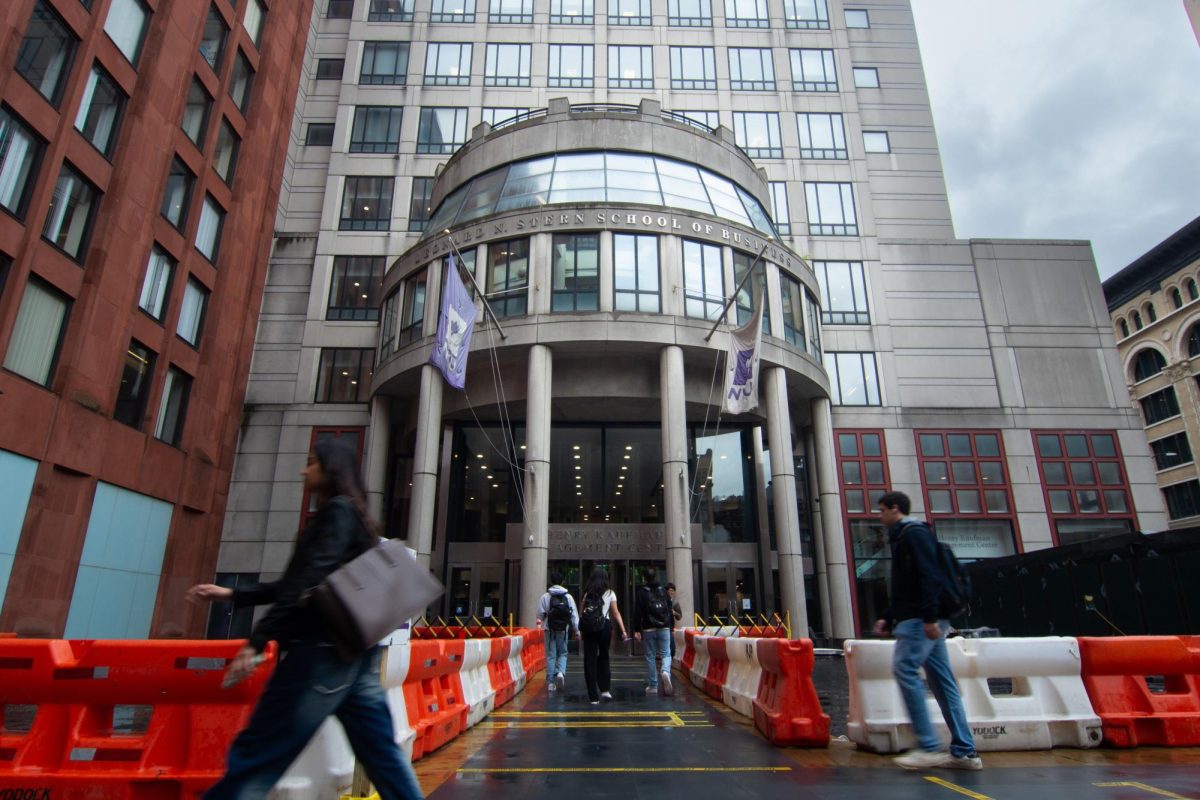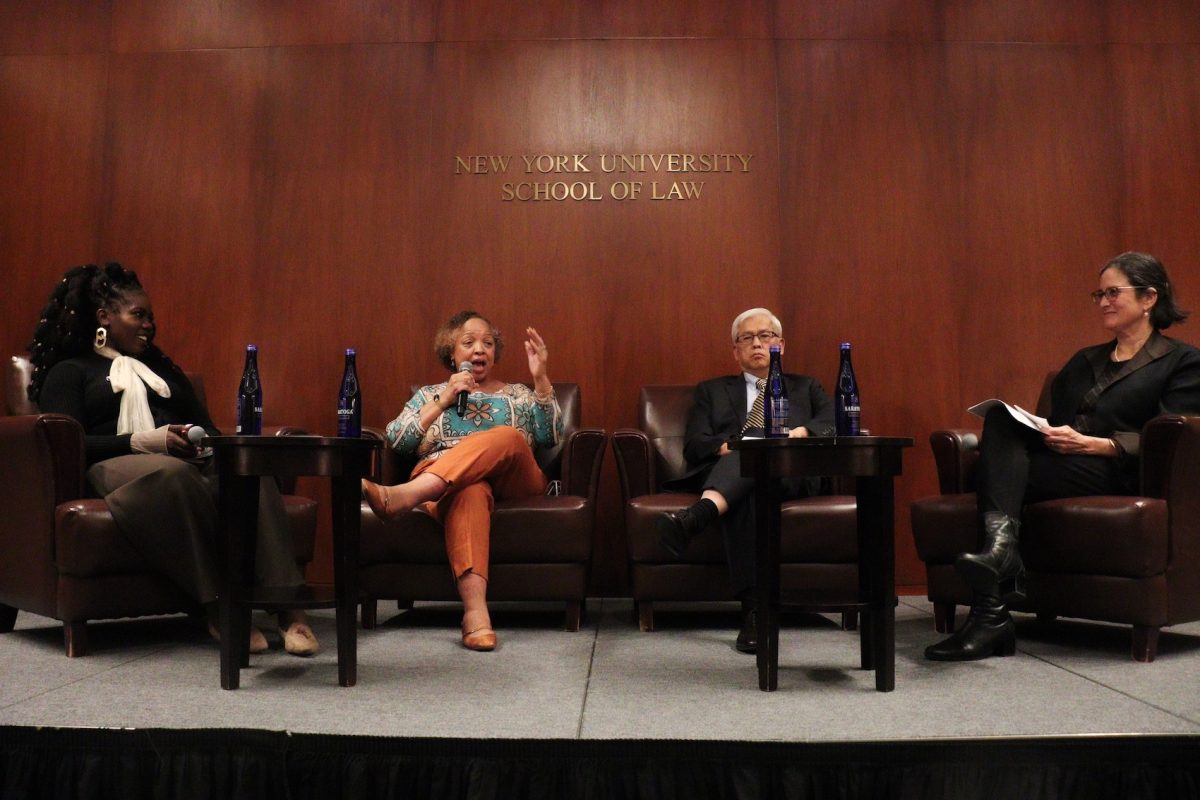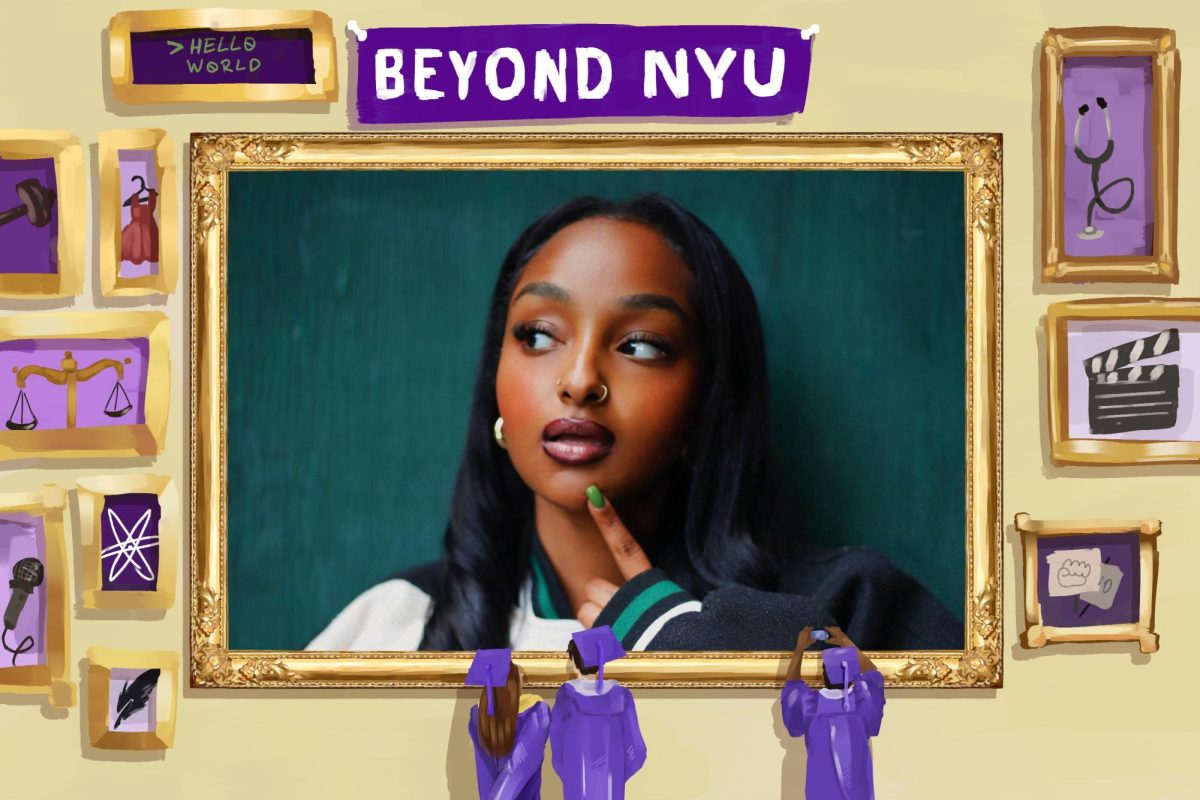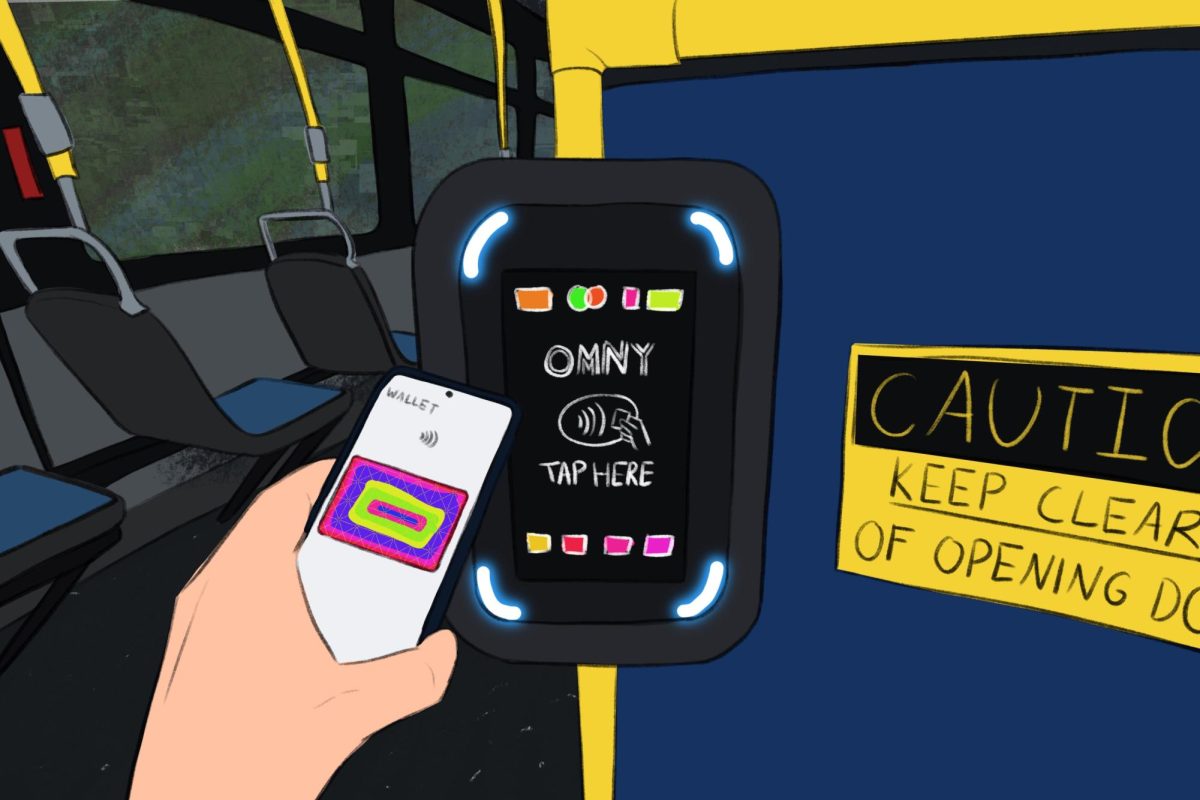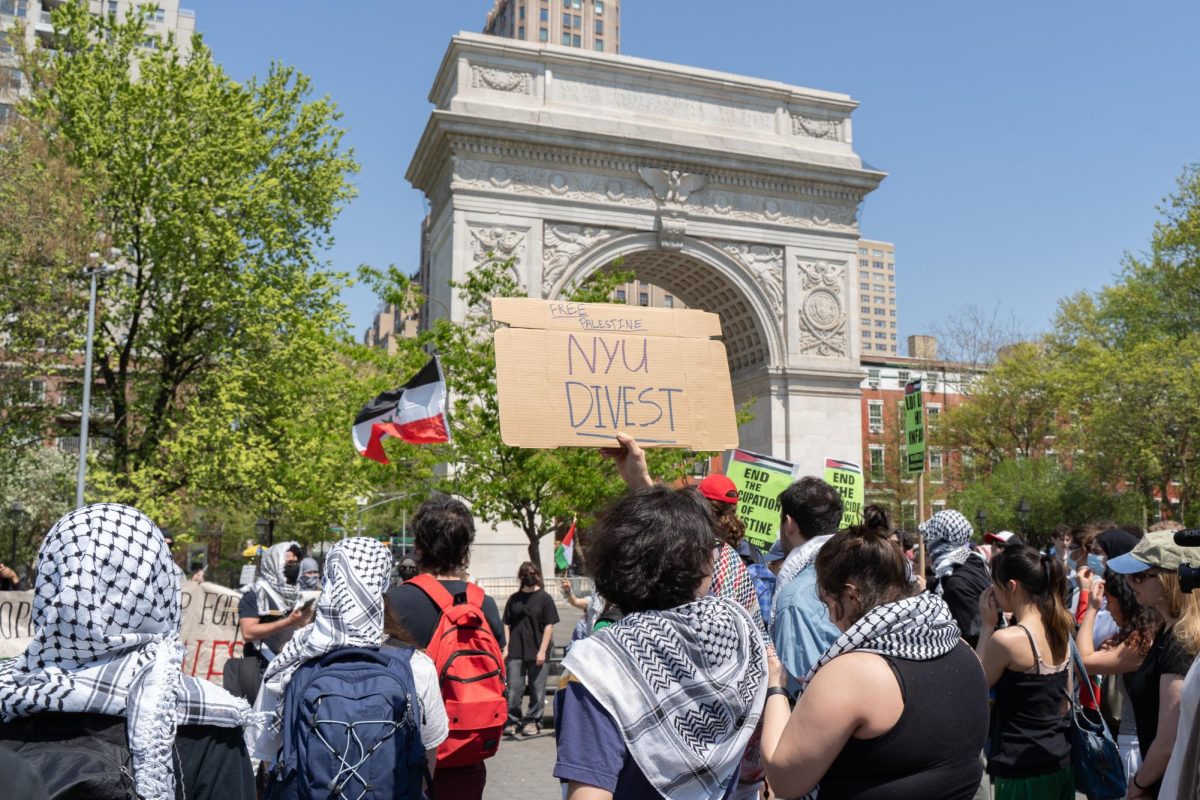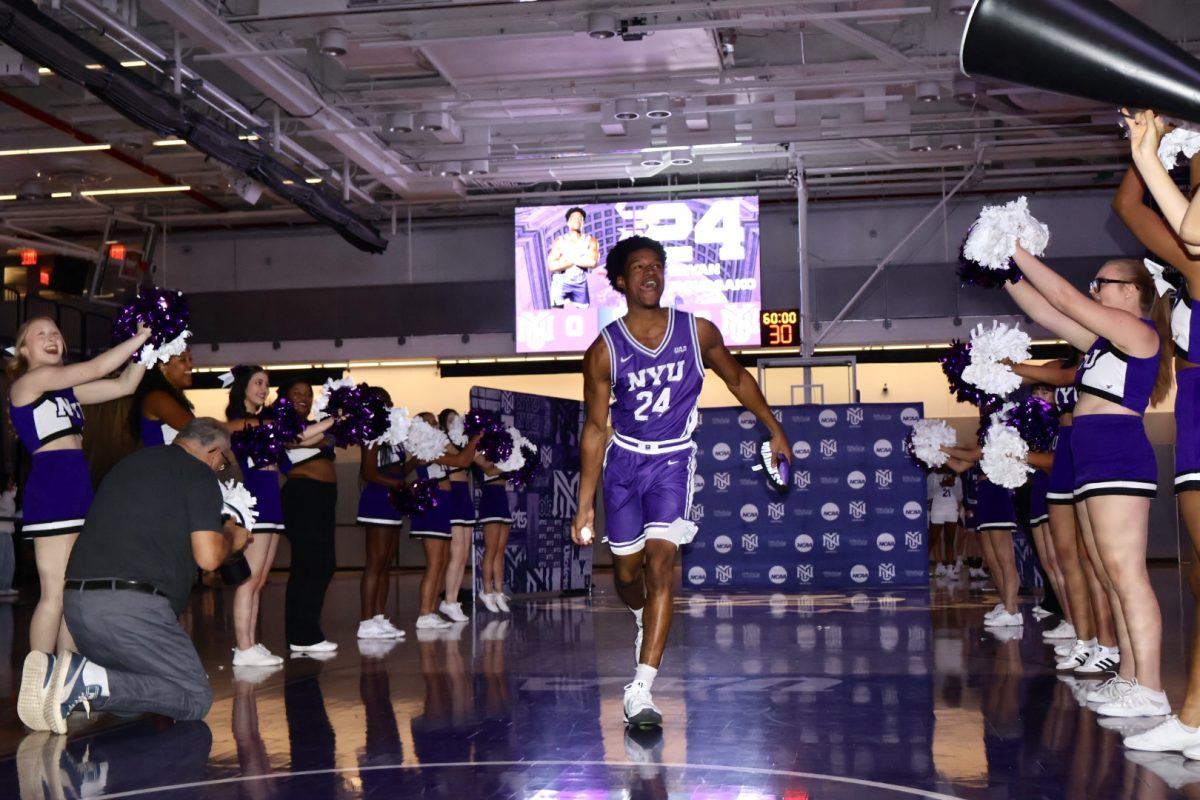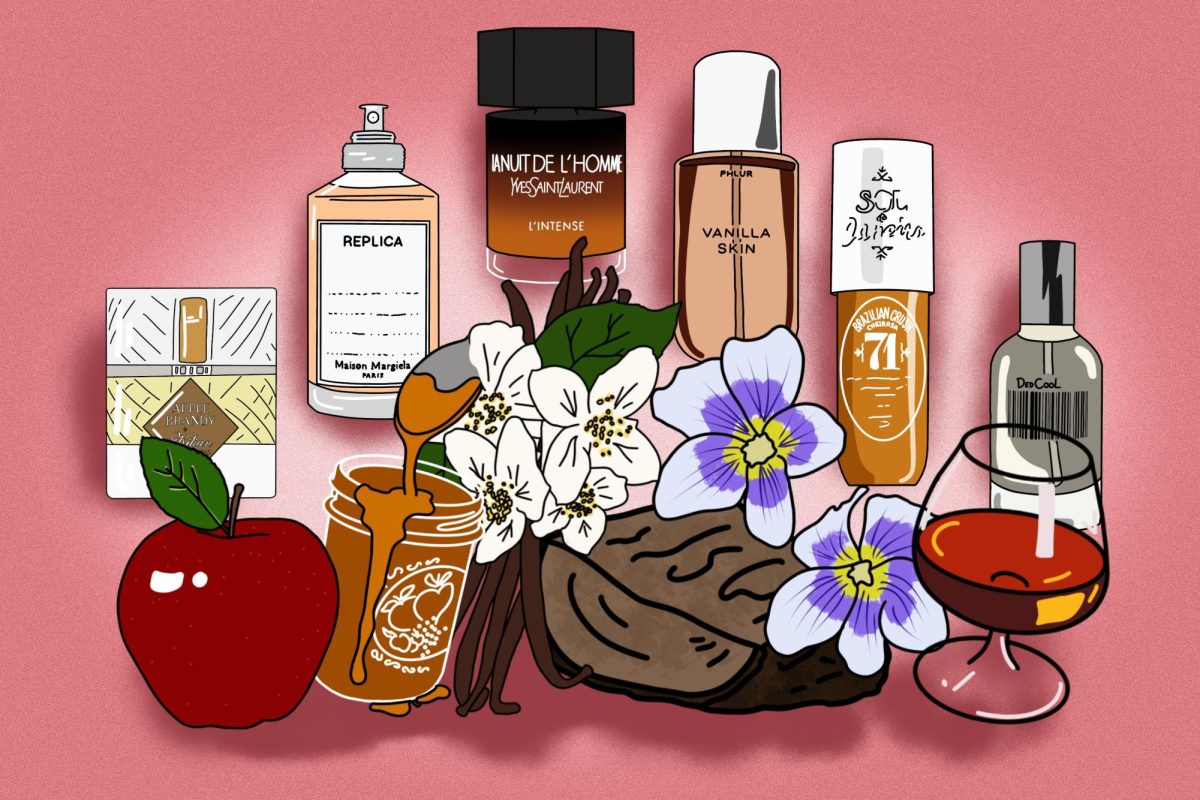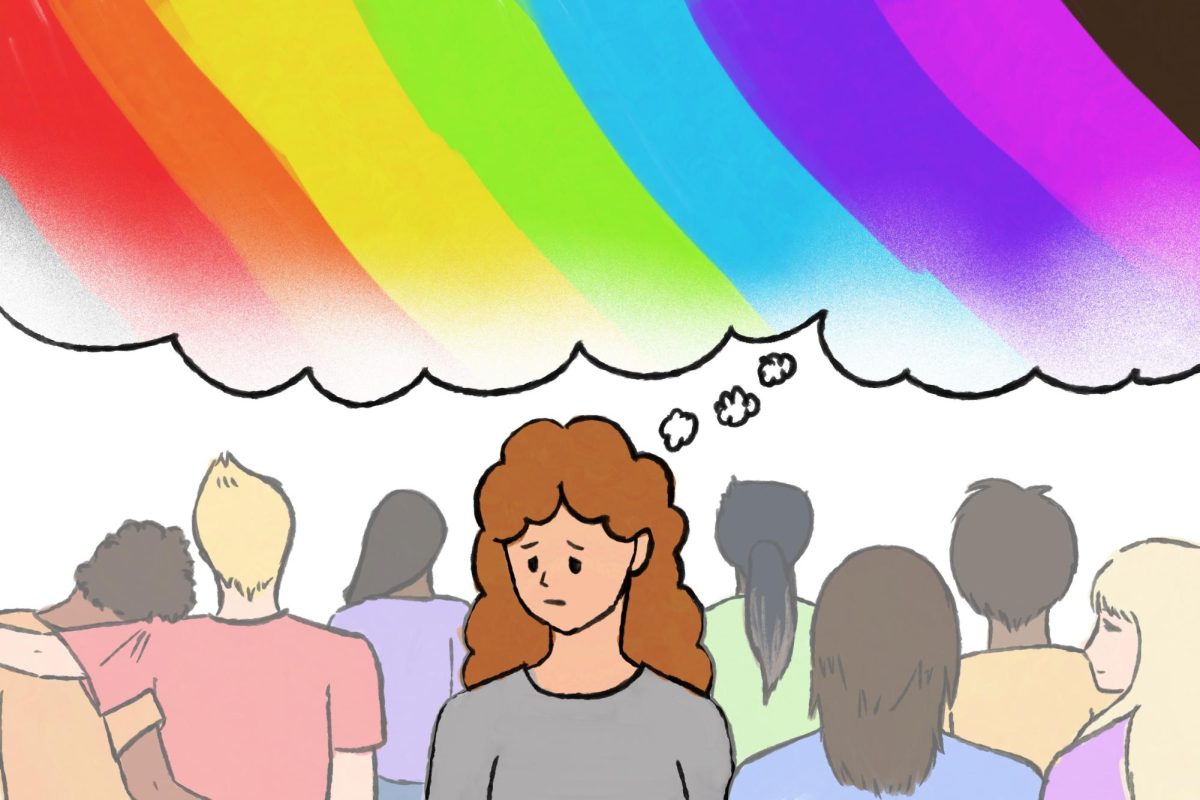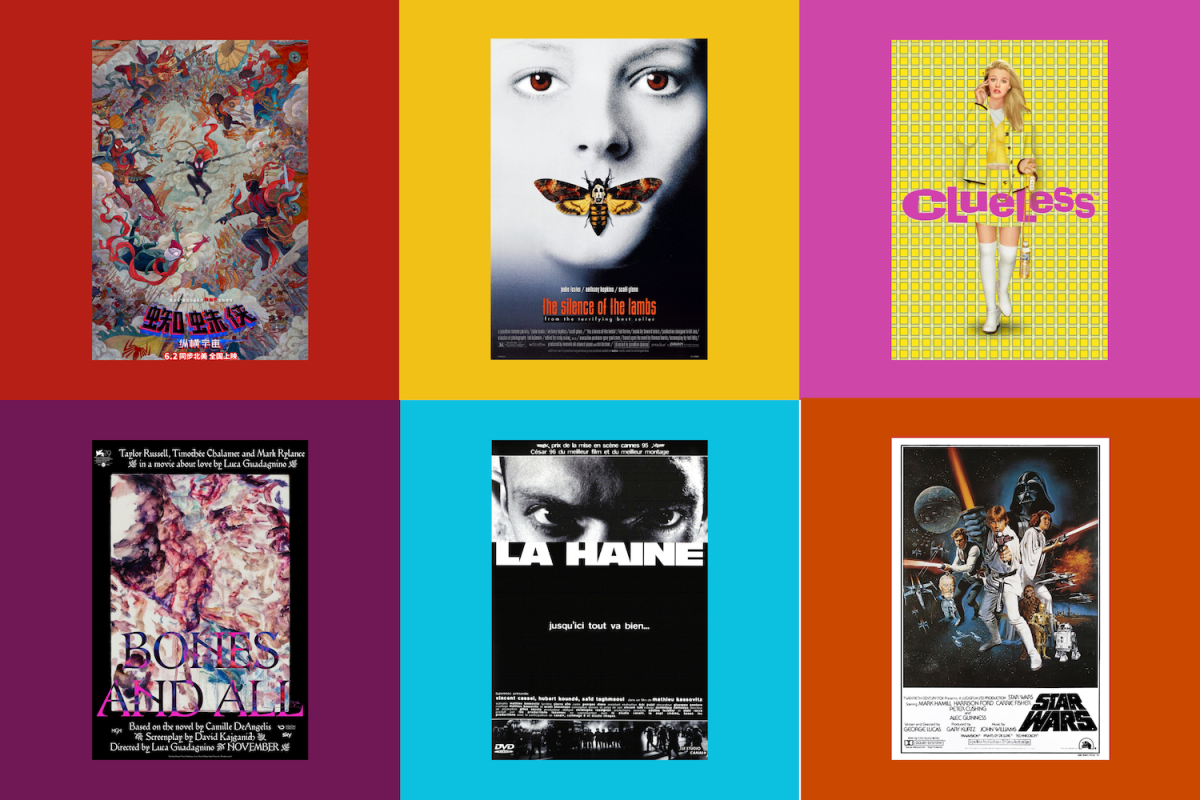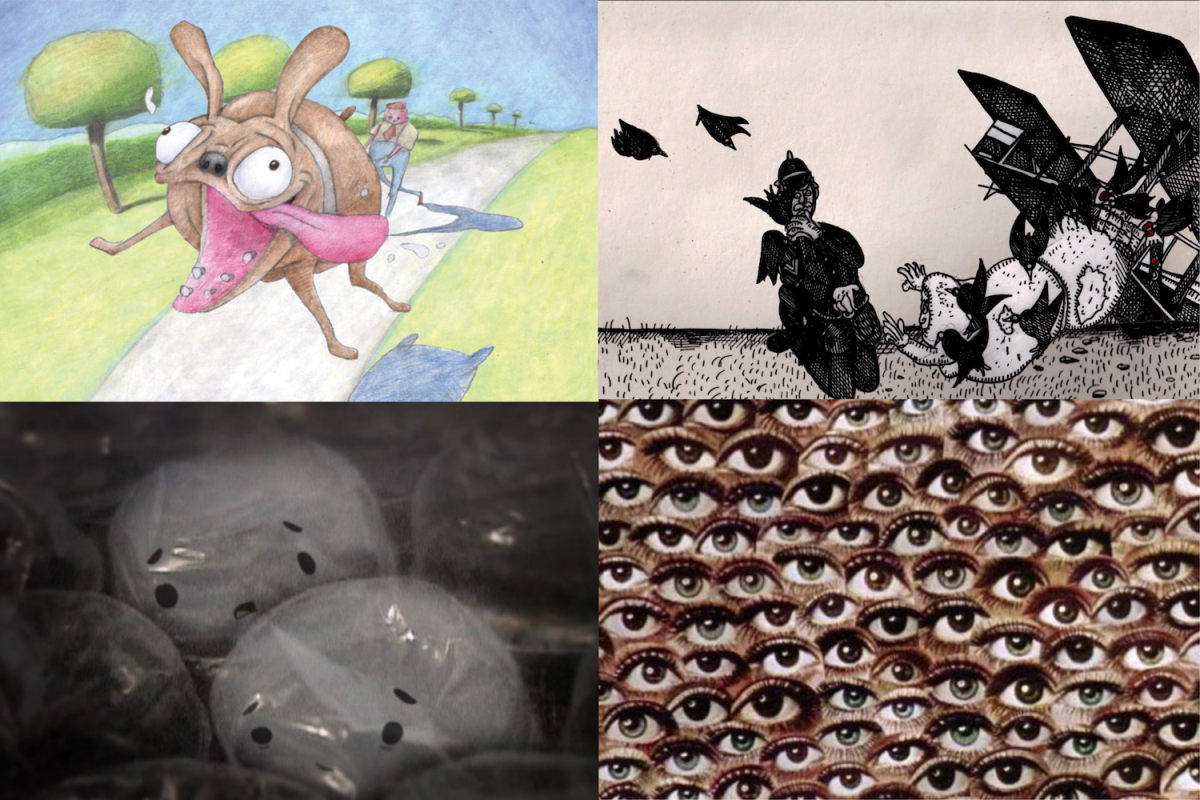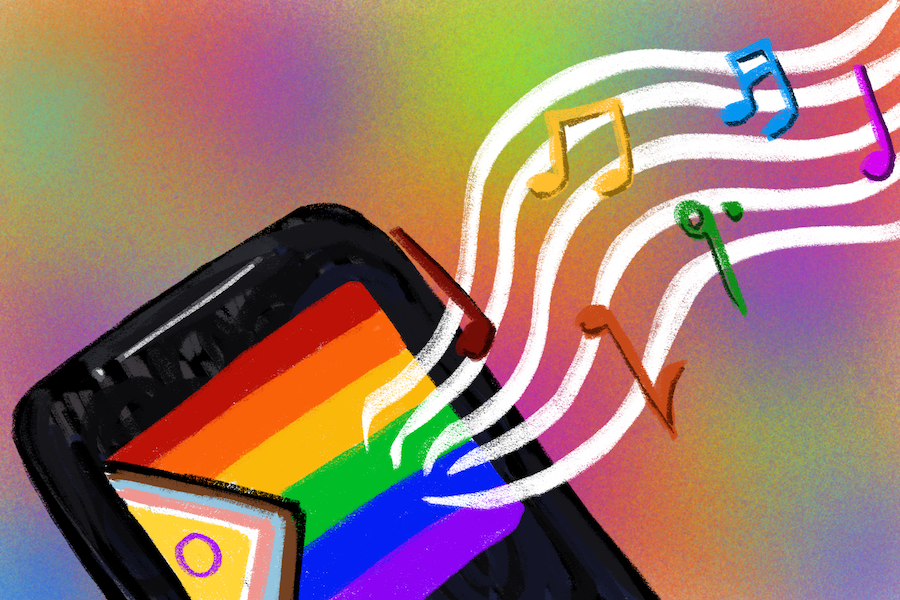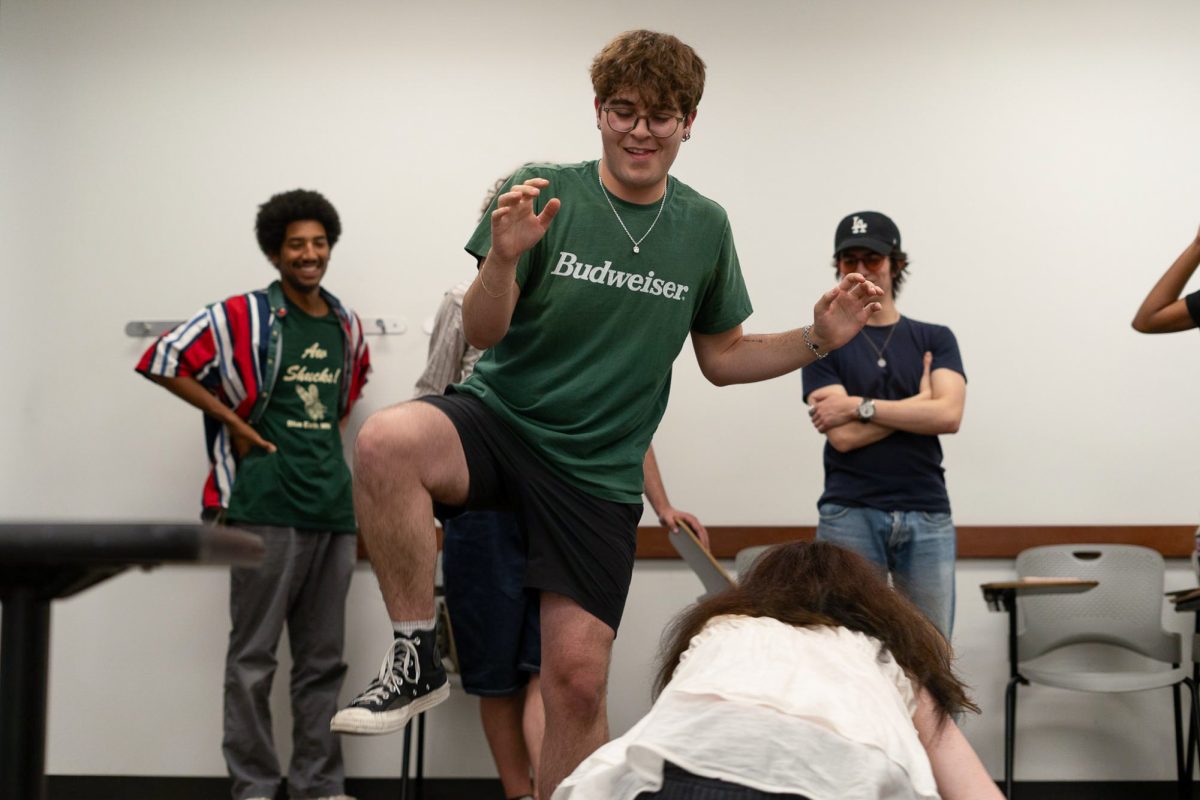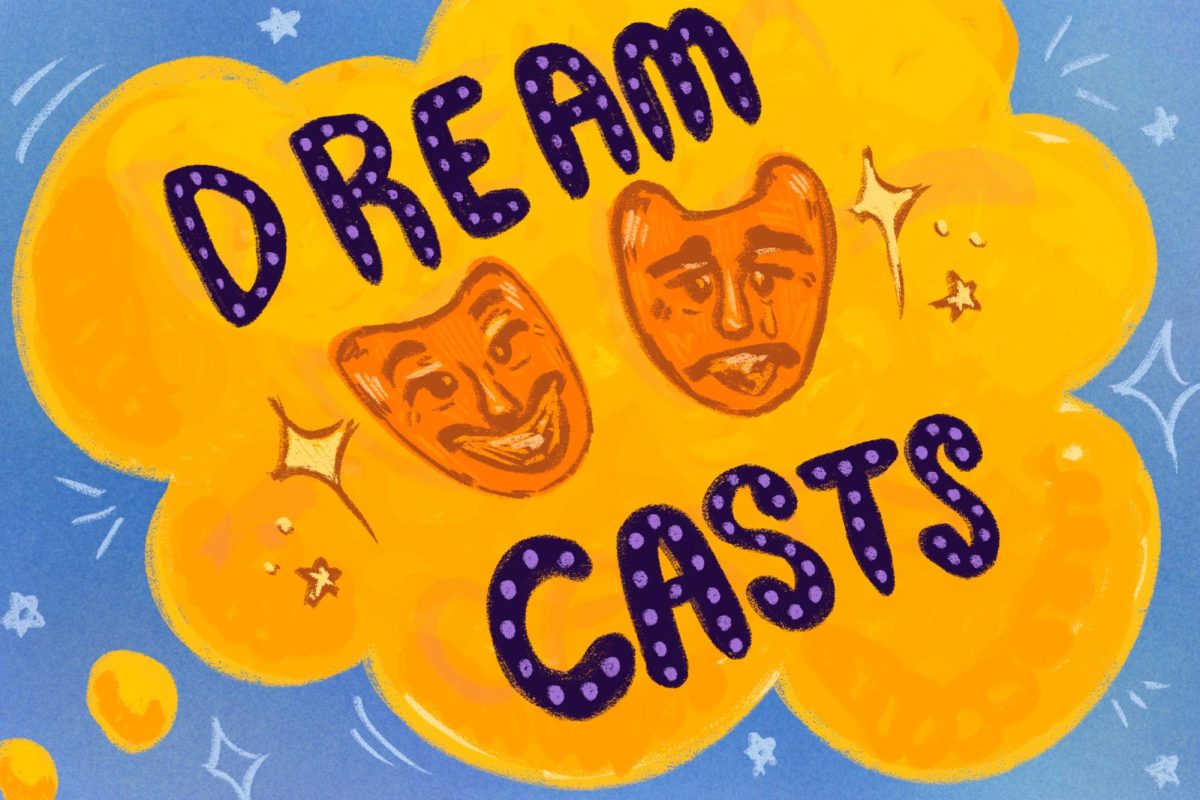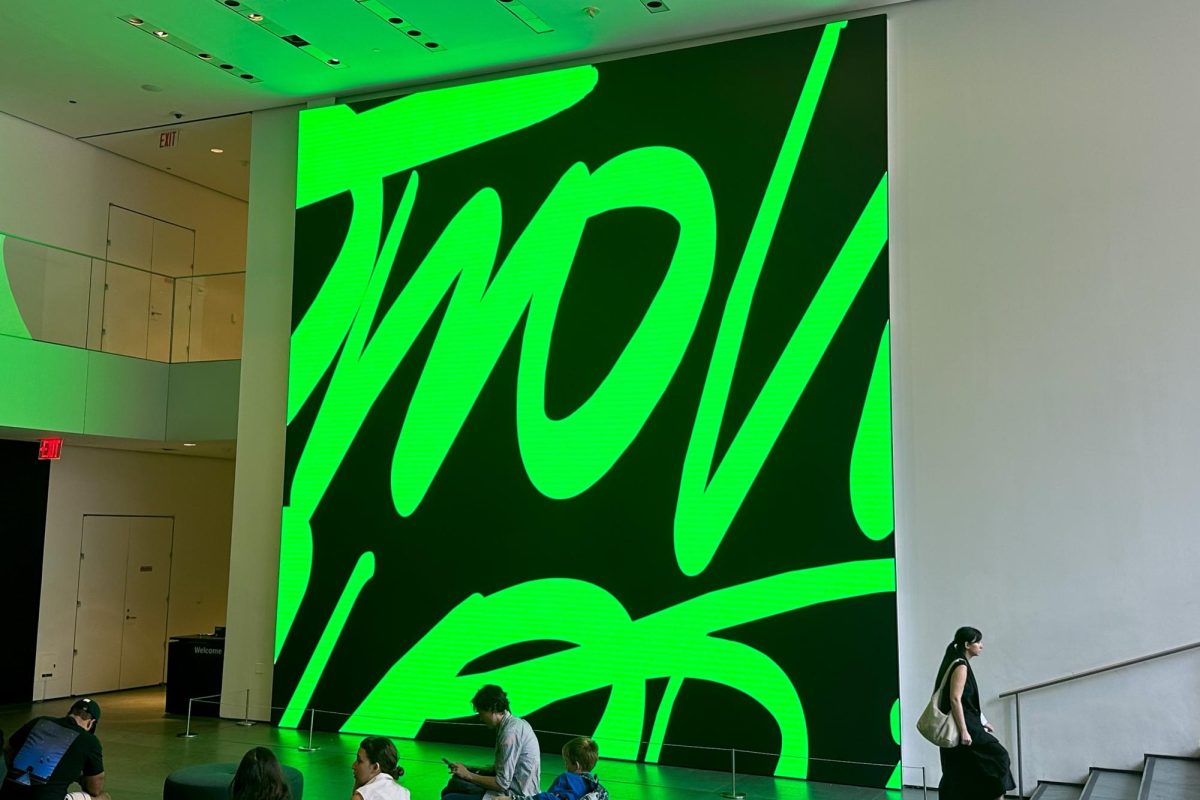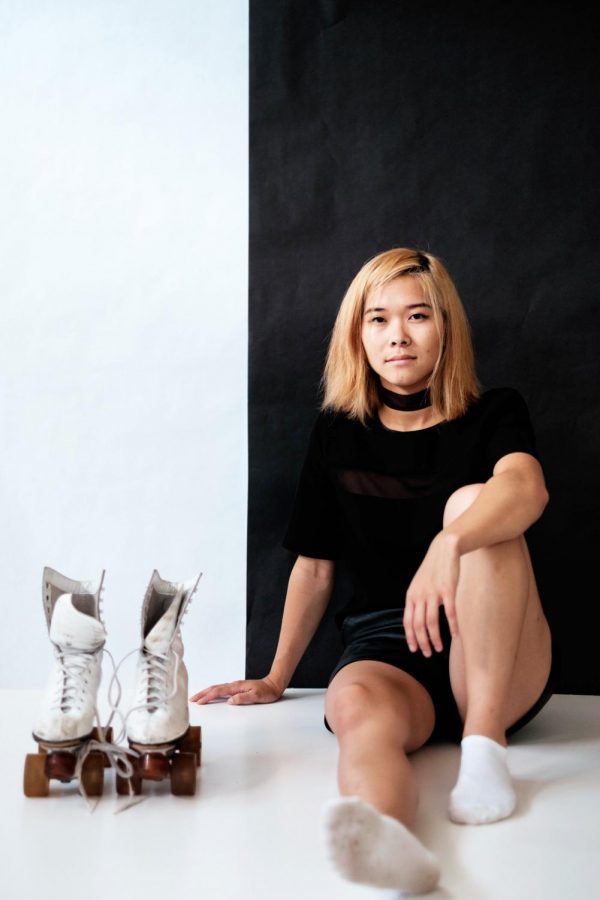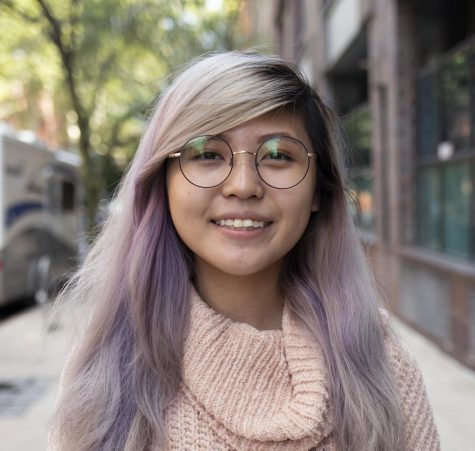Purgatory of Asians in American Culture
An Analysis on the Lack of Asian Americans Allyship Due to Inaccurate Representations in the Media
Asian Americans are often labeled as the “model minority,” leading to problems such as inaccurate representation in media and an overlooking of their need for allyship.
March 19, 2018
Not all of us are fully human.
We may be considered under the law, but as American philosopher Judith Butler notes in her “Beside Oneself: On the Limits of Sexual Autonomy,” “we make a mistake if we take the definitions of who we are, legally, to be adequate descriptions of what we are about.” This is because in addition to being political creatures, we are social creatures — our legitimacy as human beings is found not only through laws but through people.
To this day, African-Americans fight for their rights despite the 13th, 14th and 15th Amendments. Their fight implies they never seemed to have rights to begin with. Even if the law considers a person to be human, they are not fully considered to be if other people do not fully accept that person and their identities — since we are social creatures before we are political ones.
When considering the communities that are not considered fully human, minorities often come to mind. And sometimes I forget that I, an Asian-American female, am one.
Having grown up in an area where a minority was a majority — in this case, Asian people — in San Ramon, California, I have not faced as much outward prejudice that other minority people might have experienced growing up in a predominantly white neighborhood. Because those around me, not only looked like me, but often shared similar cultural traditions and values, it was easier to humanize them and be humanized myself.
However, I was reminded that I was a minority on last January, when I went out with my family to eat at the Chick-fil-A that had just opened one town over. My father and I were discussing political and socioeconomic issues with regards to white supremacy. When I brought up that the more diverse Congress in the United States was still very much white, the white man beside me began to shout.
“America was made by white people for white people!”
“This isn’t your country!”
“You can’t even speak proper English!”
I was speechless. I knew that racism still existed — as proven by the election of President Donald Trump — but I never realized how much I didn’t actually know since I had been living in a liberal echo chamber.
What surprised me the most were the assumptions the man had made — that my father and I were Asian immigrants who could not speak proper English despite just having had a conversation in English together. I may not be white, but I’m still a citizen of the United States, so why isn’t this country mine too?
When I consider how these stereotypes manifest, I often think back to representation of Asians in the media. With Asian women in particular, the idea of the “oriental woman,” who was foreign and thus exotic and almost mystical was fetishized in films such as “Thief of Bagdad” (1924). As political conflicts began to arise between the U.S. and countries in Asia, films began to reflect anti-Asian sentiments, thus creating a new archetype of the Asian woman: the Dragon Lady.
The Dragon Lady was still sensuous but also villainous, cunning and diabolical. Elizabeth Behm-Morawitz, associate professor and director of graduate studies in the department of communication in the University of Missouri, explains this in her contribution to the “Encyclopedia of Media Violence” titled, “Asians in Media, Character Depictions and Social Representation,” which states that the rise of Asians being portrayed as villains is a product of propaganda during times of political tension between the United States and Asian countries.
When there was suddenly a focus on the Japanese due to anti-Chinese sentiments in America, the idea of the Geisha Girl rose in popularity. The Geisha Girl is submissive, delicate and sensual. She is passive. She pampers men, massaging their backs or giving them foot rubs. She is the girl who needs to be saved.
The Geisha Girl appears in several films. In “Sayonara” (1967), a Korean war pilot falls in love with a Japanese entertainer and the friend of the Korean war pilot is married to a Japanese wife, who is shown pampering him in the film. In “Walk Like a Dragon” (1960), a cowboy falls in love with an Asian slave girl. In the film, there’s a scene in which the Asian slave girl says, “I don’t know kiss.” Perhaps portrayals like this contribute to why that white man in Chick-fil-A thought I couldn’t speak proper English.
Films such as those listed above intended to normalize interracial marriage, which had begun to be legalized in states starting in 1948. However, such films not only furthered stereotypes of Asian women — pigeonholing them as the Dragon Lady or even as the Geisha Girl — but also perpetuated the idea of the white man and his sensuous Asian female partner.
This is dangerous.
With Asian women being viewed as the “oriental woman,” the Dragon Lady and the Geisha Girl, men begin to fetishize Asian women, particularly because they want a passive woman who will pamper them. In “Slaying the Dragon” (1988), a documentary that criticizes the portrayal of Asian females in Hollywood, a man surrounded by Asian women even goes on to call them “an amusement park” for his pleasure. The media has spread these images of Asian women, which are often false.
In the same documentary, Asian women were interviewed about their own representations in the media. Most disagreed with the idea that Asian women are just sensuous creatures. The women cited that they were taught in their households to save themselves for marriage, which I, as an Asian-American woman who grew up in an Asian household of traditional immigrant parents, can attest to. However, this value is entirely different from what is portrayed in the media. People are coming into what former NYU Professor Mary Louise Pratt calls “contact zones,” or “social spaces where cultures meet, clash and grapple with each other, often in contexts of highly asymmetrical relations of power” in her essay “Arts of the Contact Zones.” With inaccurate representation in the media, people are coming into contact with the shadows of Asians as opposed to actual Asians, which is composed of a diversity of sub-ethnicities and subcultures in itself.
What seems to be an easy solution is for Asian actors and actresses to stop taking roles that perpetuate stereotypes. Anna Akana, a filmmaker, actress and comedian well-known for her YouTube content, explains in a video that upon hearing that she was given the role of the passive Asian best friend despite being assured earlier that she would be the lead. Ultimately, she dropped out of the movie.
But not all Asian actors and actresses have this privilege. Other actresses who took on roles that misrepresented Asian women, such as Kim Miyori, simply were not thinking about the implications. In “Slaying the Dragon,” Miyori said that she just did what she had to do to be successful; it was just acting, though in retrospect, she notes that roles perpetuating false stereotypes that fetishize Asian women are wrong.
When I think back to the racist incident at Chick-fil-A, I think about how my father stood up for me, telling the racist man that he should “keep quiet” since we had not said anything to attack him as he had with us. I think about the numerous people around us — people of all colors — and how no one had said anything at the time. Like Lee, I question where are the allies to the Asian community, which is severely misrepresented in the media.
In addition, with Asian-Americans as the “highest-income, best-educated and fastest-growing racial group in United States,” according to the Pew Research Center, it becomes more evident that a lack of allyship for Asians also stems from the perception that Asians, as a model minorities, do not need allies. However, this is a misconception. The movement toward gaining more accurate visibility in the media for Asians needs those with privilege to recognize its legitimacy. People who are not recognized as fully human cannot alone fight for the recognition of being fully human. They need the backbone of allies that help validate the struggles that a marginalized community goes through.
This becomes clear when examining “Farewell to Manzanar” (1976), a film based on the memoirs of a Japanese girl in an internment camp. After casting an Asian female as the lead, the director, John Korty — a white man — was called into a meeting with one of the top executives of the industry. The executive suggested recasting the lead to make the film more relatable to audiences; more specifically, he explained that the film would be better with a white male as the lead. However, Korty pushed for an Asian female lead and was able to achieve this feat. Korty acted as an ally and was able to help legitimize the necessity of Asian representation in the media.
Without any advancement in the movement toward accurate Asian representation, Asians find themselves in this state of purgatory in which they are portrayed as the passive model minority, which seemingly does not need allyship, yet still face the consequences of the stereotypes that surround them, especially Asian women.
Having Asians stuck in this state of purgatory is detrimental to other movements too, as Asians find themselves not being allies to other movements. The Asian Pacific Islander American Initiative published an Op-ed, “Our call to action: Solidarity and allyship from the Asian American community,” explaining this issue.
“The model minority myth gives us this privilege but simultaneously oppresses us because we have internalized this myth; we see ourselves as the ‘good’ minority, which prevents us from creating solidarity with other people of color,” the Op-ed reads. “Because of this myth, anti-black racism and a strong belief in a meritocratic society permeate our community and have been used to justify our absence from this movement.”
Asians not only lack allyship but also fail to ally with other movements because of the state of purgatory they are in. As the model minority, they are not white enough to have privilege yet not colored enough to stand in solidarity with other people of color, despite also being a marginalized community, even if prejudice against Asians may not be as blatant.
One of my close friends said that Asians are the so-called best kind of minority because we live in a happy medium in which we are still socioeconomically sound and though we face discrimination, it’s not usually violent.
But is this really a happy medium? Or is it a state of purgatory?
Read more from Washington Square News’ Intersectionality Feature here. Email Veronica Liow at [email protected].

